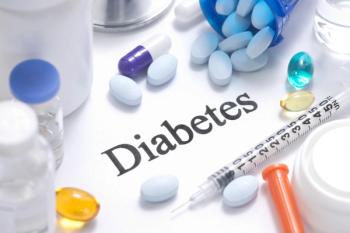
10 EHR lessons from 10 practices
Medical Economics magazine asked 10 practices to reveal the best lessons learned from electronic health record adoption experiences.
Key Points
Getting an EHR is like getting married," says Jonathan Hager, MD, an internist with Alexander Medical Group in Rochester, New York. "Once you are in one of these systems, you are in it. You've got to take the time and make sure you know what you're doing."
We asked 10 practices to reveal the best lessons they learned from their electronic health record (EHR) adoption experiences. Although the lessons are different, the physicians and practice managers with whom we spoke echoed Hager's comments: do your research. Take time to investigate the systems and what each would mean for your practice.
The $44,000-per-physician incentive from the Centers for Medicare and Medicaid Services for proving "meaningful use" of an EHR has many practices considering adoption this year.
In the later months of 2009, EHR vendors began to offer money-back guarantees that physicians would achieve "meaningful use" with their systems, putting even greater pressure on practices to make the jump.
But with a potential $14,500 to $63,600 in software, hardware, and training costs per physician, as well as $7,500 a year for maintenance, according to a 2006 report in the Journal of the American Health Information Management Association, practices understandably are cautious of the project.
To help bolster your research, we asked physicians and practice managers how they selected a vendor, prepared their staff, implemented the system, and endured the first few months in the new digital world.
The top 10 lessons from 10 practices:
1. INVOLVE THE WHOLE STAFF
Ensure that everyone on the staff knows why you're making the EHR transition, how it will benefit the practice, and how it will help make their jobs easier, says David Ellis, MD, a urologist and president of Academic Urology of Pennsylvania LLC, a 30-physician, 11-office practice in the Philadelphia area.
The physicians at Academic researched and tested EHR systems for six months but, Ellis confesses, they never shared with their 120 midlevels and office staff why the practice should eliminate paper charts. In hindsight, he wishes he had included them earlier.
"The staff had no clue about the value," he says. "They didn't know what it meant, and it sounded like a threat to them."
To calm and motivate the staff about the transition, Ellis arranged for the vendor to visit the practice for two days. They invited non-physician office leaders from their offices to use a demonstration model and ask questions before the training.
"They left feeling very excited," Ellis says. "It was a complete reversal."
2. STUDY YOUR WORKFLOW
Electronic health record adoption does not mean you should replicate your paper chart processes in a digital world, says Jim Glennon, MD, an internist and chief medical officer of Core Physicians, a 95-physician, 24-location multispecialty practice in Exeter, New Hampshire. Create a new workflow, he says.
Glennon's practice went live with its EHR in 2003. A few months in, physicians noticed they had more administrative tasks, such as medication refill or lab work orders. Although it took only a few taps on a tablet, the administrative duties were becoming too intrusive - and an inefficient use of the physicians' time.
"We had providers doing a lot of data entry that really should've been delegated to clinical staff," Glennon says. "It took a long time to correct that and engineer it out of our processes."
Glennon set up new protocols at the offices. Routine tasks, such as medication refill phone calls or referral request updates, went to other clinical staff and were confirmed later by the physicians.
Newsletter
Stay informed and empowered with Medical Economics enewsletter, delivering expert insights, financial strategies, practice management tips and technology trends — tailored for today’s physicians.


















